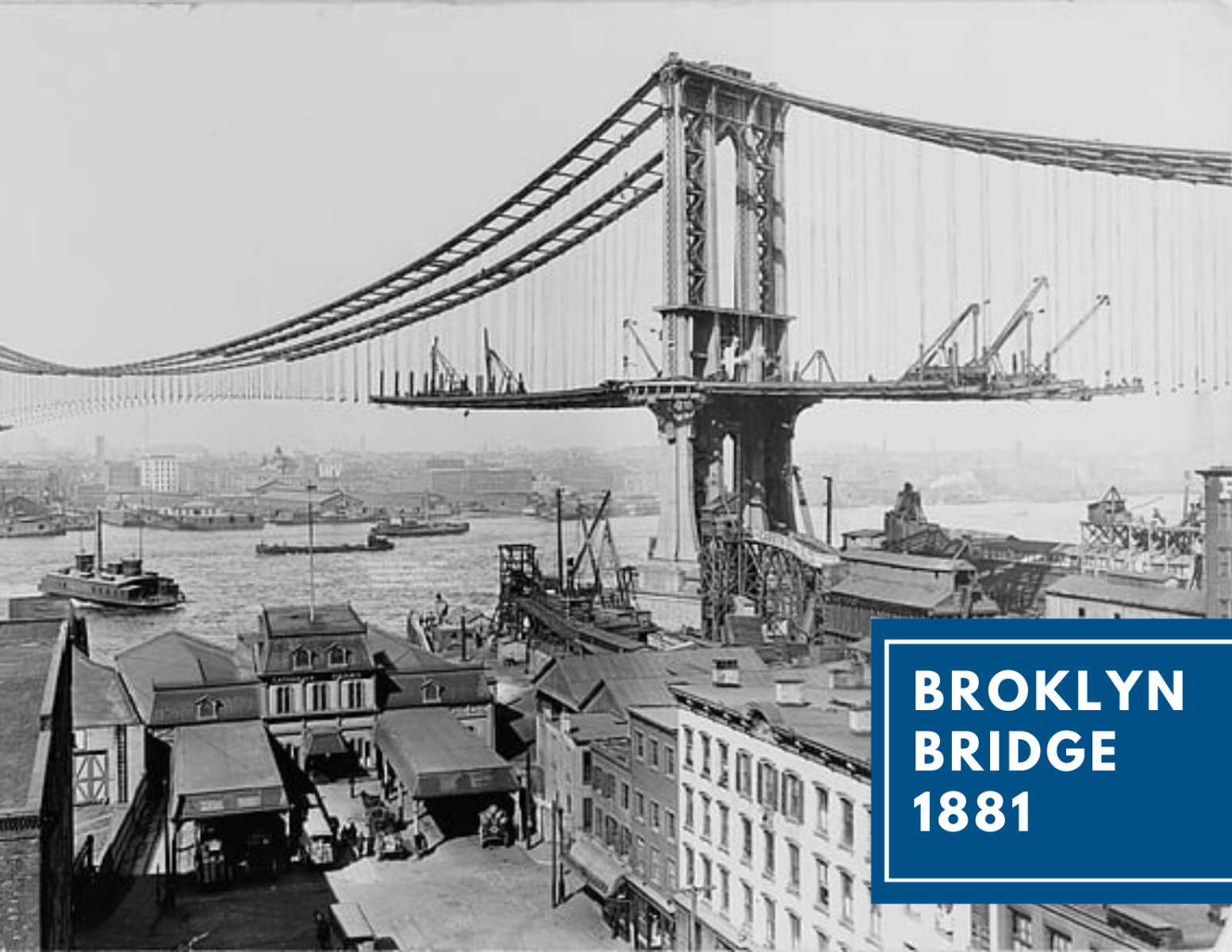
Building Legacies: Pioneer Women in Construction
Annually, during the first week of March, the construction industry observes International Women in Construction Week, a tradition that traces its roots back to 1960. Established by the National Association of Women in Construction, this commemoration was initially launched to champion the achievements of women in the field and provide support for the limited number of women engaged in construction during that time.
The increasing participation of women in construction has been inspiring to watch. According to the NAWIC, 1,173,000, or 11% of the construction labor force is now women. Construction Jobs in Little Rock, Arkansas are being filled at a similar rate. THAT’S AMAZING!
In honor of the women who have joined the field, we would like to focus on some women who helped lay the foundation.

Emily Roebling Warren, born on September 23, 1843, was crucial in completing the Brooklyn Bridge over more than 10 years. This dedication stemmed from her husband Washington Roebling falling ill with decompression sickness during the construction, leaving him bedridden. As the chief engineer, Washington initially oversaw the project, designed by his late father. Emily, serving as a liaison, communicated between her husband and on-site personnel, taking on supervisory and managerial responsibilities. Despite challenges, including Washington's extended illness, Emily's extensive knowledge and dedication led to the successful completion of the Brooklyn Bridge in 1883.
Edith Clarke, born on February 10, 1883, made groundbreaking contributions to construction by inventing the Clarke Calculator during her tenure at General Electric (GE). This graphical calculator, patented in 1925, revolutionized electrical engineering by efficiently solving complex problems related to power line transmissions. Notably, it could handle equations with hyperbolic functions ten times faster than other methods of the time. Clarke's innovative device significantly simplified the work of electrical engineers, contributing to advancements in understanding power grids and laying the foundation for "smart grid" technology. Her inventive spirit and determination not only paved the way for greater efficiency in electrical engineering but also broke gender barriers, as she became the first woman in the United States to be employed as an electrical engineer, leaving an enduring legacy in the field.
Julia Morgan, born January 20, 1872, an indelible mark as an American architect and engineer, with a prolific career that saw the design of over 700 buildings across California. Renowned for her iconic work on Hearst Castle in San Simeon, she made history as the first woman admitted to the architecture program at l'École nationale supérieure des Beaux-Arts in Paris and the first licensed woman architect in California. Morgan's influence extended to structures benefiting women and girls, including projects for the Young Women's Christian Association (YWCA) and Mills College. A trailblazer in her use of reinforced concrete, particularly notable for its seismic resilience in earthquakes, Morgan seamlessly blended the Arts and Crafts Movement into her designs, incorporating California pottery to add a unique touch. Her legacy endures as she became the first woman to posthumously receive the American Institute of Architects' highest honor, the AIA Gold Medal, in 2014, a testament to her enduring impact on the architectural landscape.
These historic women exemplify the strength, resilience, and pioneering spirit of women who have shaped the construction industry. As we celebrate International Women in Construction Week and acknowledge the increasing presence of women in the construction workforce, it's essential to reflect on these trailblazers who defied norms, broke barriers, and made lasting contributions. Their legacies not only inspire the current generation but also pave the way for women in Little Rock, Arkansas, and beyond, aspiring to build their careers in construction. By recognizing and honoring the foundation laid by these extraordinary women, we pay tribute to the progress made and look forward to a future where diversity and equality flourish in the construction industry. Here's to the women who continue to redefine the landscape and forge new paths in the world of construction.
If you are interested in Joining the construction field and taking your career to new heights. Take a moment to browse our current opportunities. Join the Darragh team and help us build the future.
